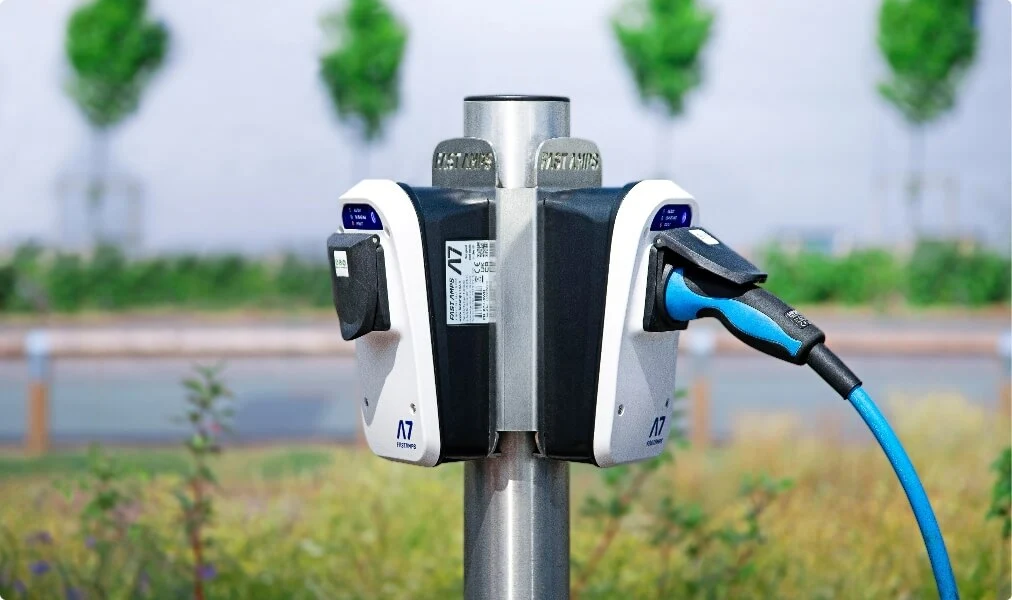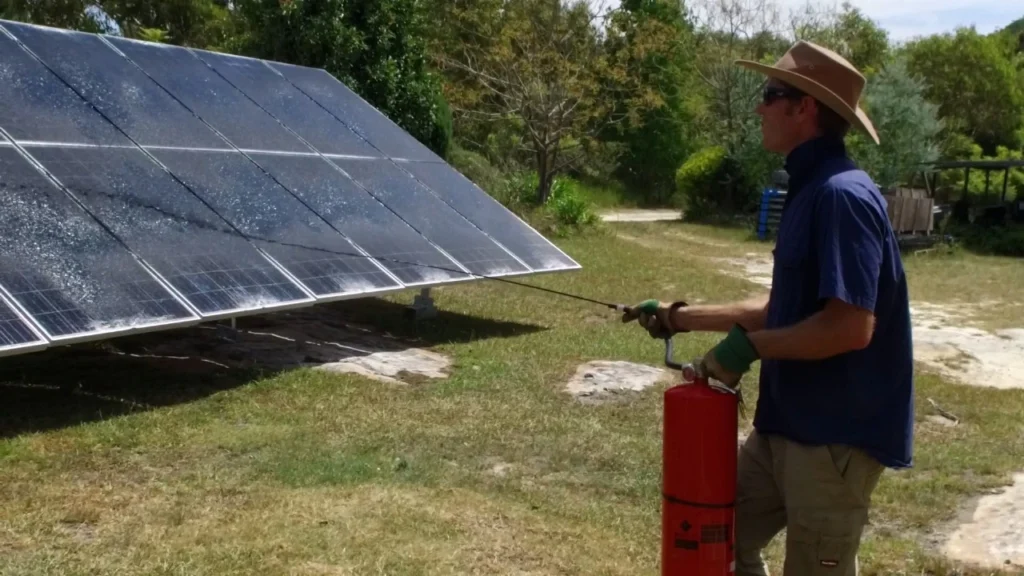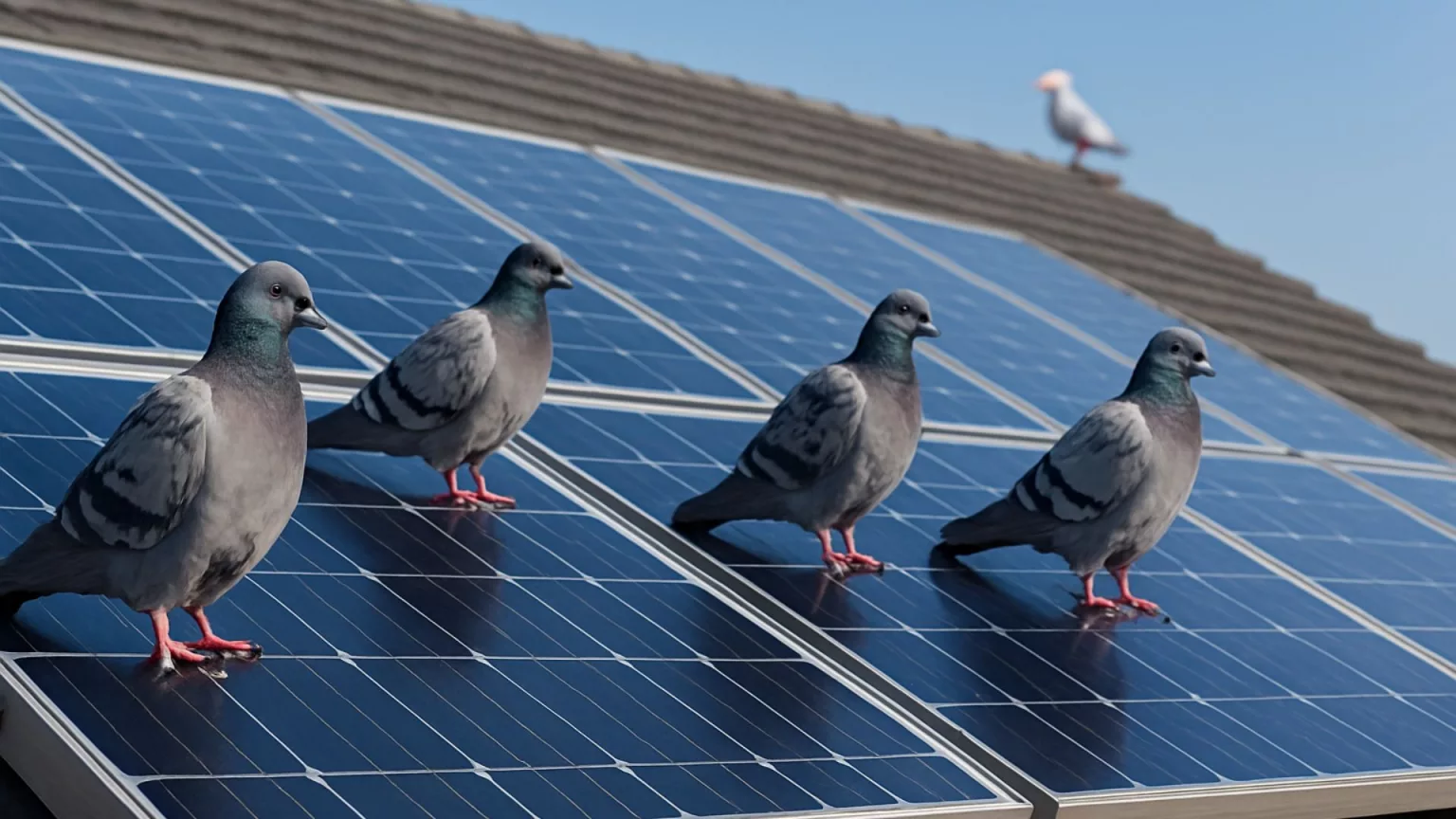Why Having an EV Charger at Home Is a Game-Changer
Electric vehicles are no longer considered a niche sector; they are quickly becoming the mainstream. One of the most appealing aspects of having an EV is the independence and convenience of charging your vehicle at home. In this blog post, we’ll look at the advantages of having a dedicated EV charger at home, what you should think about before installing one, and how to get the most of your home charging system.
The EV Revolution and the Need for Home Charging
More than 80% of EV owners charge their vehicles at home, indicating a clear trend. Instead of wasting time and money at public charging stations, you may charge your automobile overnight, just like you would with your smartphone. Home charging is about more than simply convenience; it’s about saving money, being environmentally conscious, and even increasing the value of your property.
Key Benefits of Installing a Home EV Charger ⚡️
-
Convenience
No need to search for public chargers or wait in long lines. Available 24/7. Your EV is always fully charged and ready when you are.
Overnight Charging: Charge your car while you sleep, so you can start your day with a full battery.
Lower Charging Costs: Charging at home is typically less expensive than using public chargers. Many utility companies also provide special off-peak rates, which can significantly reduce your electricity bills.
Reduced Overheads: Public charging stations frequently pass on greater costs—including equipment, maintenance, and even VAT—directly to consumers. Home charging reduces these additional costs.
-
Quicker and more predictable charging ⚡
Level 2 Advantage: A Level 2 charger, for example, may add up to 30 miles of range per hour; much faster than a traditional 120V outlet. This means that you can charge your EV quickly and consistently.
Schedule Flexibility: Many modern chargers include smart capabilities that allow you to schedule charging periods, monitor energy consumption, and even manage the charger remotely.
-
Increased property value
Buyers will be drawn to homes with built-in charging facilities as the number of EVs increases. An EV charger can be a big selling element, giving modern appeal to your home.
Future-Proofing: Installing an EV charger now can be a wise investment as more people transition to electric vehicles.
-
Environmental benefits
Sustainable Living: Charging your EV at home, especially when combined with renewable energy sources such as solar panels, decreases your carbon footprint and promotes a greener future.
Energy Efficiency: Home charging systems are intended to maximise energy consumption, ensuring that your vehicle’s battery is charged effectively and responsibly.
What to Consider Before Installing Your Home EV Charger
Before making the plunge, consider the following considerations to ensure a seamless installation and effective use:
Installation costs and electrical requirements
Initial Investment: Depending on your home’s electrical configuration, the cost of installing a home EV charger is typically £1,000+ in the UK.
Panel Upgrades: Some older homes may require an electrical panel upgrade or new cabling to accommodate a Level 2 charger.
Permits and Regulations: Check with your local authorities or electrician to check whether you require permits for the installation.
Choosing the right type of charger
Level 1 vs. Level 2 vs. DC Fast Chargers:
- Level 1: Requires a regular 120V outlet and is ideal for low-mileage drivers or as a backup.
- Level 2: Provides an excellent mix of speed and cost—ideal for most homeowners.
- DC Fast Chargers are typically designated for public or commercial use due to their high power requirements and installation expenses.
Smart Features: If you want to plan charging sessions and check energy usage remotely, look for chargers that integrate with apps or smart controls.
Hiring a professional
Hire a licensed and certified electrician for a professional installation that meets local electrical codes. This not only ensures correct installation, but it also increases the market value of your home.
Incentives & Grants: Look into government grants or utility incentives that may assist cover the cost of installation. For example, some areas provide refunds for installing home EV chargers.
Maki ng the Most of Your Home Charging Setup ⏳
ng the Most of Your Home Charging Setup ⏳
Once you’ve installed your EV charger, here are some pointers to help you optimise your charging routine:
- Take Advantage of Off-Peak Hours: To maximise savings, schedule your charging during times when electricity costs are lower (usually overnight). ️
- Monitor Your Energy Use: Use the charger’s smart capabilities to monitor energy use and modify your schedule accordingly.
- Integrate Renewable Energy: If possible, combine your EV charger with solar panels or other renewable energy sources to lessen your environmental effect and lower your utility expenses. ☀️
Final thoughts
Installing an EV charger at home is more than just a convenience; it’s a wise investment that saves money, protects the environment, and boosts property value. Whether you’re an experienced EV driver or a newcomer to electric mobility, the ability to charge at home may revolutionise your daily routine and pave the way for a more sustainable future.
Embrace the EV revolution and switch to home charging; both you and your car will appreciate it. Discover our exclusive EV charging products by FastAmps and take the next step toward effortless home charging!”





